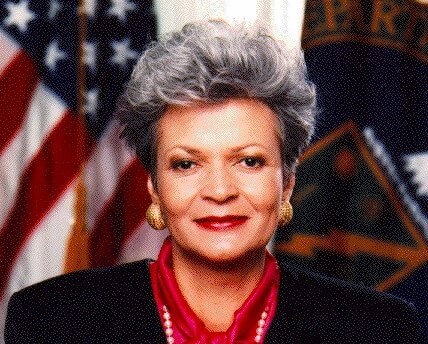Thanks to the contributions of these innovative leaders in clean energy, our nation took strides towards a healthier planet. At Greenworks Lending, we are indebted to these brilliant minds for paving the way for a clean energy economy, and advancing the work of our industry.
George Washington Carver (1864-1943)

© Minnesota Spokesman-Recorder
George Washington Carver’s passion for plants led him to earn a bachelor’s degree in agricultural science and a graduate degree at Iowa State University. Although he is probably best known for his work with peanuts, Carver shared an interest with fellow inventor Henry Ford in developing alternative fuels. The two began a lengthy correspondence often focused on the development of biofuels.
With great foresight, Carver believed that petroleum supplies would become limited in the future. As a result, Ford designed the original Model T to run on both ethanol and petroleum, and showcased an experimental car in 1942 that ran on ethanol and was built using a plastic body made from soybeans.
Ethanol is vital to breaking America’s dependence on foreign oil. Every truckload of ethanol displaces more than 60 barrels of imported oil. Ethanol also cuts greenhouse gas emissions by as much as 43 percent, allowing for a greener future for coming generations. Today, ethanol is blended in most gasoline sold for vehicles, and the ideas pioneered by George Washington Carver for using more clean-burning, homegrown fuels are finally becoming a reality.
Annie Easley (1933-2011)

© Cleveland.com
Annie Easley worked as a leading mathematician, computer scientist, and rocket scientist at the National Advisory Committee for Aeronautics, and eventually at NASA. She developed the software for the Centaur rocket stage, which has successfully lifted many satellites into geosynchronous orbit and propelled deep space probes in interplanetary trajectories. She also co-authored several papers on the topics of nuclear rocket engine systems, and the economics of combined-cycle co-generation power plants.
One of her most notable contributions to the world of clean energy came when working in NASA’s Launch Vehicles Division. Easley developed and implemented a computer code that analyzed alternative solar and wind energy technologies for electric vehicles, and was assigned to determine the life use of storage batteries. Her work paved the way for the battery development of modern Hybrid cars.
Hazel O’Leary (1937 – present)

© Wikipedia
Hazel O’Leary received her bachelor’s degree from Fisk before earning her Bachelor
of Laws degree from Rutgers School of Law. In 1977, O’Leary was appointed to Assistant Administrator of the Federal Energy Administration, General Counsel of the Community Services Administration, and Administrator of the Economic Regulatory Administration at the newly created Department of Energy.
In 1993 she was appointed to serve as the United States Secretary of Energy, the first woman and first African American to hold the position. O’Leary challenged the way that the department had traditionally been run, particularly the department’s focus on developing and testing nuclear weapons. During her tenure, the size of the Department of Energy was reduced by a third. While reducing the size of the department overall, O’Leary shifted resources towards efficient and renewable energy sources.
These visionaries laid the groundwork for what our industry is today, and we are so proud to have these role models in our field. Sometimes the challenges we face in transforming the clean energy economy seem daunting, and looking back on history is a powerful reminder to keep fighting the good fight!
